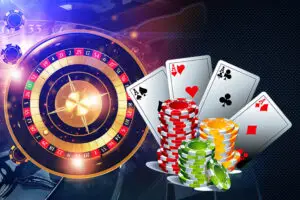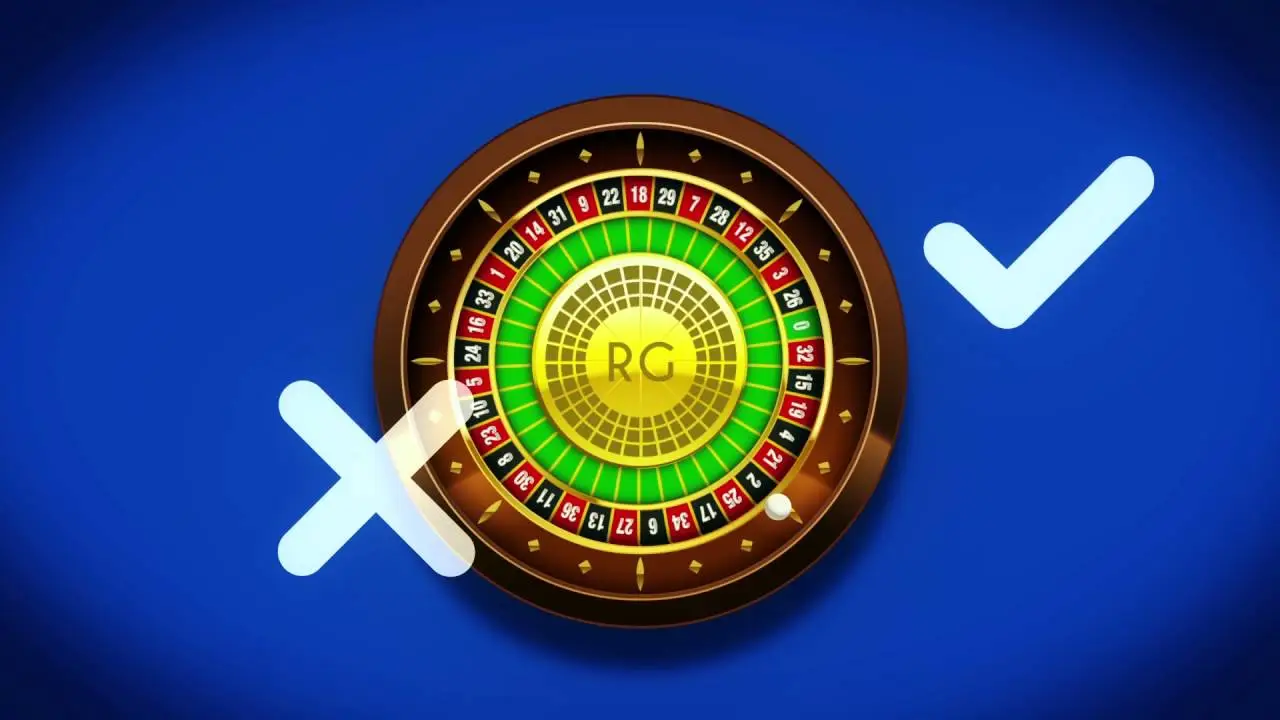For decades, players around the world have been trying to find a surefire roulette strategy. In search of a magic formula, they delved into mathematical calculations, studied patterns, and built all sorts of theories. It’s worth considering: is it even possible to create a system that will guarantee a win? At first glance, roulette seems pliable – the wheel spins, the ball bounces, and here it is, a chance for success! But behind this illusion are hidden the harsh laws of probability and mathematics.
Every spin of the wheel is a new chance, not connected to the past. There is no place for memory, no “bright streak,” no way to cheat the table. All there is is unpredictability and chance, since these are the factors that rule the roost. So, is a surefire roulette strategy a myth or reality? Let’s take a closer look.
Myth or reality: does a surefire roulette strategy exist?
Many myths surround the mysterious world of roulette. One of them is the existence of a mysterious and absolutely reliable system that will allow you to win constantly. Legends about “secret methods” are often told among fans. But what does science say?
If you analyze roulette from a mathematical point of view, it becomes obvious that each spin is an independent event. This means that the probability of a certain number coming up remains the same each time, and does not depend on previous results. Participants who believe that “red comes up more often” or “after a black series there will definitely be red” are deceiving themselves. In practice, the casino never loses over the long term due to its built-in advantages.
The secret of roulette: why there are no win-win strategies
One of the key factors that makes the secret of roulette impenetrable is the law of large numbers. Probability theory shows that over a large number of repetitions, wins and losses are balanced, but taking into account the mathematical advantage of the casino, the participant ends up in the minus. The zero sector is a dark knight, which ensures profit for the establishment. It creates unequal chances, destroying dreams of an ideal strategy.
In 2012, an amazing situation occurred in Monaco, when the ball stopped on the black sector 20 times in a row. This “black streak” caused a stir among players, and many began to double their bets on red, hoping that the next time red would definitely come up. As a result, most lost all their money, and the establishment received a huge profit. This case once again proves that each spin is independent, and no past results affect the future.
Strategies that promise success, but do not guarantee it
 Among the many tactics that claim to be the “best”, the Martingale system and the Fibonacci sequence have gained the greatest popularity. They promise a logical approach to betting and seem reasonable. But even they have their weaknesses, which sooner or later lead to a loss of funds.
Among the many tactics that claim to be the “best”, the Martingale system and the Fibonacci sequence have gained the greatest popularity. They promise a logical approach to betting and seem reasonable. But even they have their weaknesses, which sooner or later lead to a loss of funds.
The Martingale system in roulette: a brief overview and weaknesses
A strategy in which the player doubles the bet after each loss. The idea is simple: sooner or later, a win will come out that will compensate for all previous losses. In theory, it sounds great, but there is one big “but”. The size of the bets grows exponentially, and even if a person starts with a minimum amount, he will need a huge bankroll to cover long losing streaks. Many forget about the limits that are set in the casino, which makes this system unrealistic in practice.
Fibonacci in roulette: why does it not work?
The system is based on the famous mathematical sequence, where each subsequent bet is equal to the sum of the two previous ones. This strategy is considered less risky than Martingale, as the amounts grow more slowly. But despite the mathematical beauty of this system, it also does not guarantee a win. The main problem is that losses still accumulate, and with a long losing streak, the participant risks losing everything.
Roulette Mathematics: Probability of Winning
Roulette is based on probability theory. It provides the establishment with a stable profit. The probability of winning on one number in European roulette is 1 in 37, which means that the player has a chance to win about 2.7%. Due to the presence of the “zero” sector, the probability plays in favor of the casino, as it gets an advantage of 2.7% for every ruble a person makes.
Even if a participant uses the most complex mathematical approaches, such as taking into account the frequency of occurrence or analyzing the trajectory of the ball, his chances of winning do not increase. This is the key strength of roulette – the impossibility of predicting the outcome of each spin. The probability of winning in roulette is always on the side of the house.
Myths about roulette that destroy hopes
There are myths that have firmly settled in the minds of many players. One of these myths is the ability to predict the outcome by analyzing previous results. This approach is often called the “gambler’s fallacy”, when a person believes that after a long series of “reds”, “black” will definitely fall out. Remember: each spin of the wheel is an event that does not depend on previous results.
Another myth is “hot” and “cold” numbers, supposedly those that fall out more often or less often. In reality, the casino uses these myths to attract participants with the illusion of control. But no matter how hard a person tries, roulette myths are just fantasies that have no scientific evidence.
Conclusion
 So is there a win-win strategy in roulette? The answer is no. Any strategy, whether it is Martingale, Fibonacci or any other, has its drawbacks and is not able to guarantee constant success. The only thing that can be advised is to enjoy the process, enjoy the excitement and remember that roulette is primarily entertainment, not a way to make money.
So is there a win-win strategy in roulette? The answer is no. Any strategy, whether it is Martingale, Fibonacci or any other, has its drawbacks and is not able to guarantee constant success. The only thing that can be advised is to enjoy the process, enjoy the excitement and remember that roulette is primarily entertainment, not a way to make money.
The institution will always be on the plus side, and that’s why the wheel remains so popular – it gives hope, but never guarantees the result. So if you decide to try your luck, do it for fun, not for the sake of trying to get rich.
 en
en  de
de  ar
ar  es
es  hi
hi  fr
fr  nl
nl  it
it  pt
pt  el
el 










